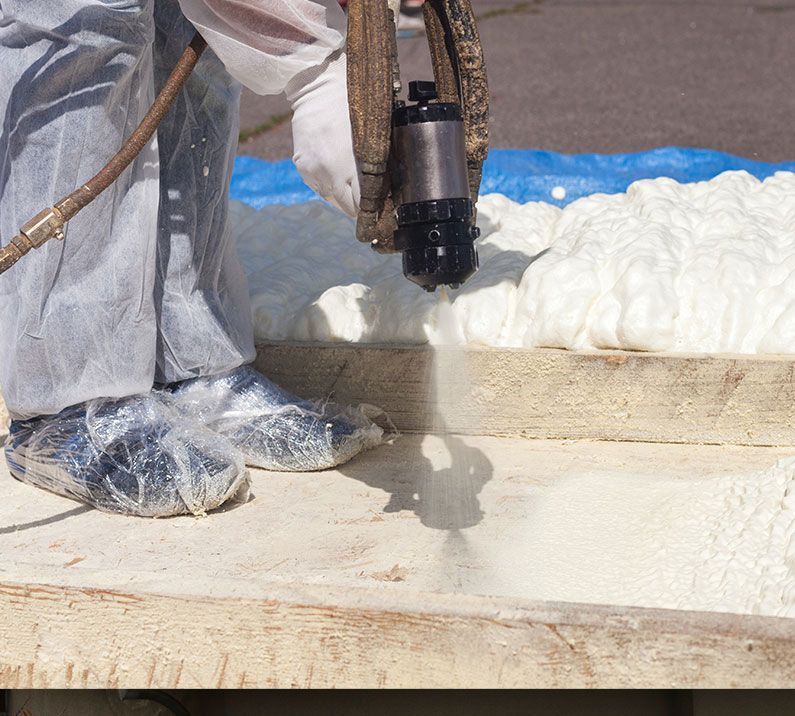Foam Insulation / Green Insulation
There’s only two times most people think of insulation: when they are in their attics or in the dead heat of a Texas summer. You’re probably here because you either can’t seem to get your house to cool down, or you just got your sky high summer electric bill.
There is no doubt that there are energy and cost benefits to outstanding insulation, but your health should also be a major concern. Although nearly 90% of homes in the U.S. use fiberglass insulation, few homeowners are even aware of the risks fiberglass insulation poses. Fiber glass is exactly what the name sounds like, thin fibers of glass. Touching these fibers with bare skin or breathing the fibers can cause itchiness, rash, irritation, and other discomfort.
If fiber are inhaled, they can cause nosebleeds, coughing, and other respiratory issues. Some studies have even linked fiberglass to exposure to cancer which is why OSHA requires fiberglass insulation to include cancer warning labels and the EPA acknowledges that it may be a carcinogen. Additionally, if fiberglass gets wet, it will lose its effectiveness as it deteriorates. It can even provide a home for mold and other fungi to grow.




